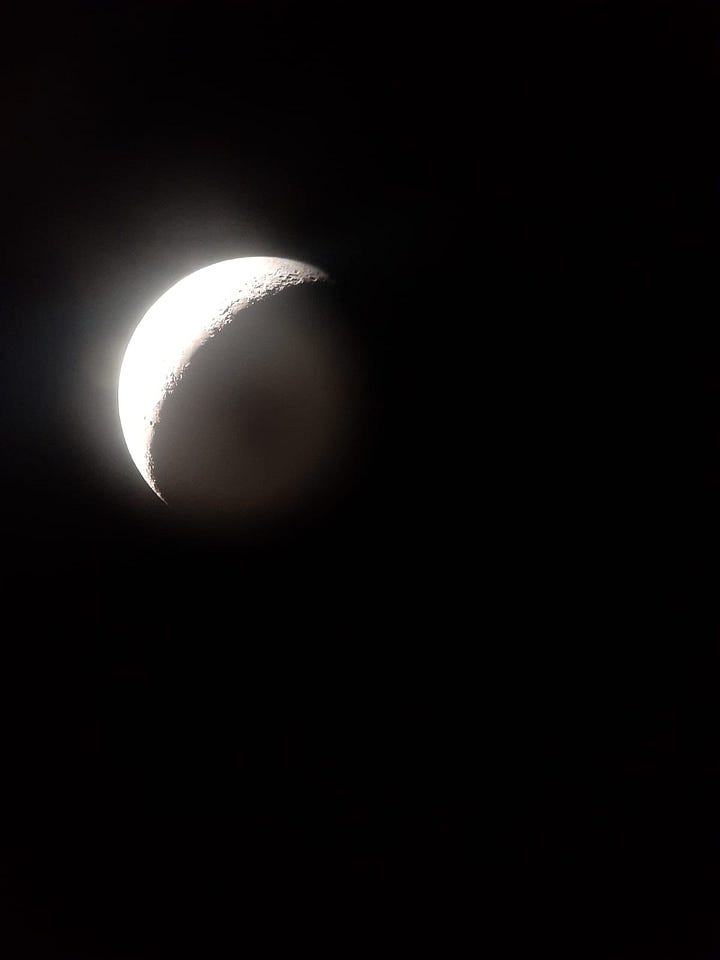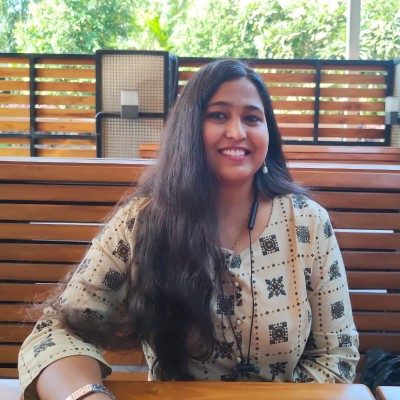Oct 29th, 2022, Saturday, was a waxing crescent moon day. I went to a star party arranged by the Jyotirvidya Parisanstha (JVP) in Pune. It was a beautiful night. They took us to Abhyankar Farms, 30 km away from Pune.
We had to go on a day which is not the full moon. As marvellous as the full moon is, it drowns the glare from the stars, so we need complete darkness to watch the stars.
When we reached the location, we were given a set of instructions. First, to keep our bags and belongings aside.
The next and most important instruction was: when it will be dark, do not switch on your mobile flashlights, as we need complete darkness to view the stars clearly. It will take another 15–20 minutes for our eyes to adjust to the darkness after we see the light.
Next was to not wander off the premises, as there were wild animals around.
We were given tea and upma as evening snacks. We had no mobile network, so we were completely cut off from the outside world. It was just us and the sky.
The sky was beautiful as usual, but it exceeded its beauty when we watched it from a non-polluted area. We could see the reddish hue of the sun setting. The sky was so clear that we could see many constellations clearly. There were so many satellites passing. It was a marvel to see them pass like a fast moving star. We were lucky enough to see a lot of meteors, which in layman’s terms are known as shooting stars. Some even saw fireballs.
Without wasting time, Mr. Sarang took us to the telescopes to view the moon before it exits the horizon. The beauty of it through the telescope was breathtaking. We could see the craters on the moon and the whole moon with earthshine.

There were 3 telescopes, and the volunteers were very helpful in letting us see the moon for a longer time. They were well informed and answered questions too.
Then Mr. Sarang Vandhana took a sky session. He explained in detail about constellations, asterisms (patterns of stars), and also the concept of scattering of light, because of which we see the reddish hue during sunset. He showed us, with a laser beam pointing at the sky, various stars, their names, and which constellations they belonged to. He appeared to know a lot about astronomy, as he could answer all of the curious questions that were thrown at him. He also explained the rotation of the earth and the position of the sun and moon in detail and busted various myths. The Indian mythological stories, as well as Greek ones, were told to us to help remember the stars.
He gave us an important tip for sky watching, which is that we should start viewing from the west so that we do not miss anything as they pass through from east to west. He showed us the many constellations like Sagittarius, Scorpius, Capricornus, Ursa Major, Cassiopeia, Orion, Canis Major, Centaurus, Crux, Carina, etc. and also gave us tips to remember them.

We used the Stellarium app, which works offline too, for the position and names of the stars and planets. It was a great help for us to individually locate the stars.
Then we had dinner at approximately 09.30 pm. It was quite tasty. It was a Maharashtrian cuisine with chapati, sabzi, rice, and amti.
We went to the telescope thereafter, and we viewed Jupiter and Saturn. The beautiful rings of Saturn were also seen. Eventually, they also showed us Mars, the Orion nebula, and the Andromeda Galaxy.

They provided hot tea in between as it got extremely chilly as the night progressed.
Astro Games were conducted and slideshows were shown by Mr. Atarva, which was fun.
The whole event ended by 6.30, with the last session being a sky show by Mr. Sarang.
It is just wonderful how we are able to view all these wonders in the universe while standing on Earth. It is just mind-boggling. There is so much to learn and so much knowledge to acquire that if we get on to it, we will forget the petty things in life that do not matter.
If people sat outside and looked at the stars each night, I’ll bet they’d live a lot differently. — Bill Watterson
Published on www.medium.com





